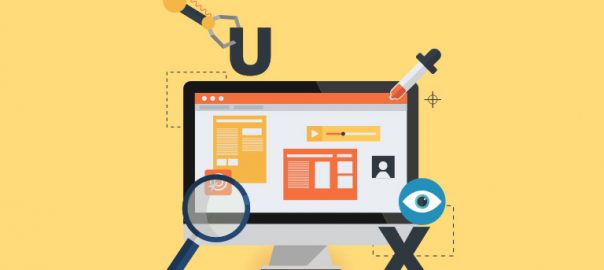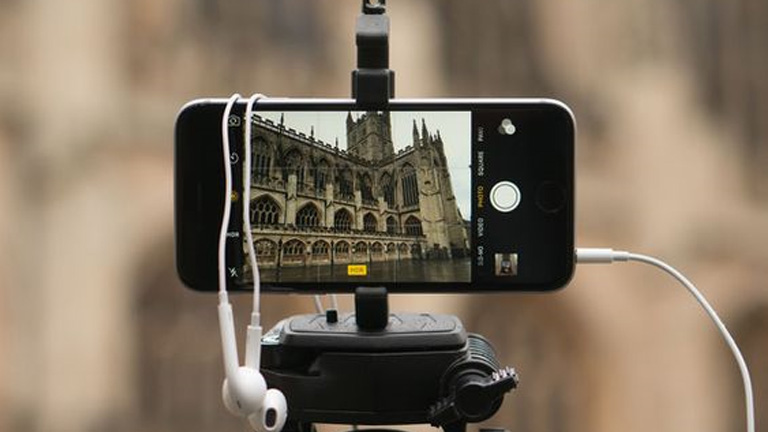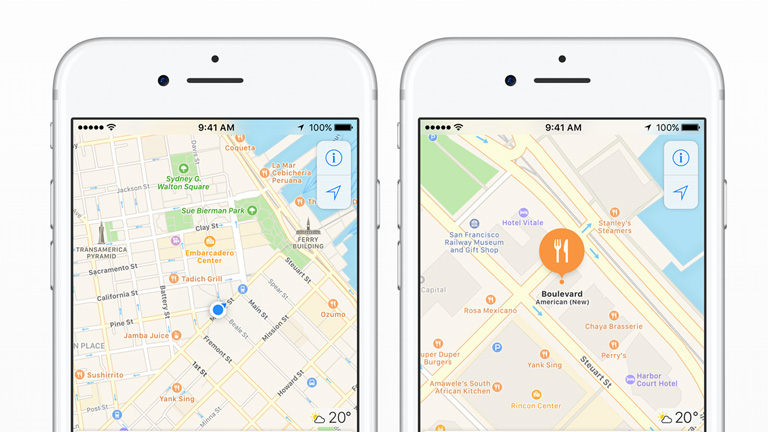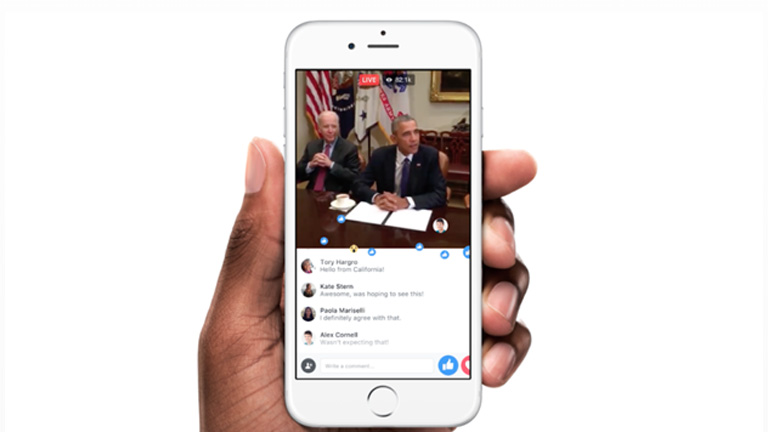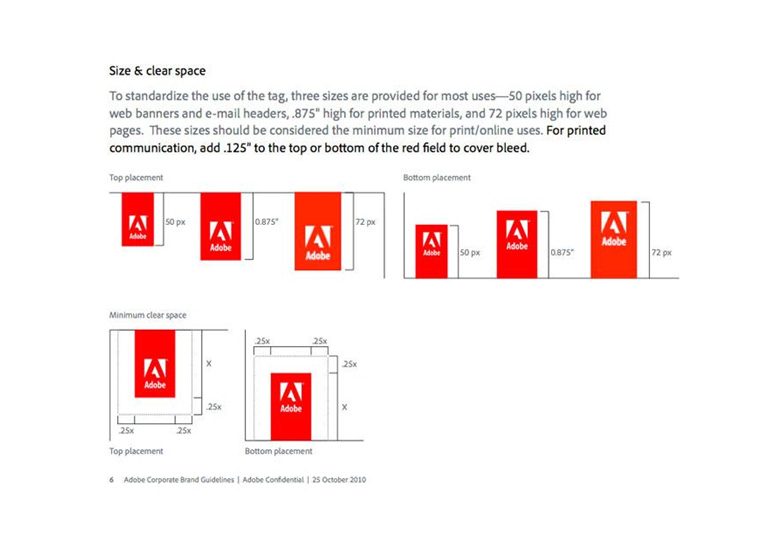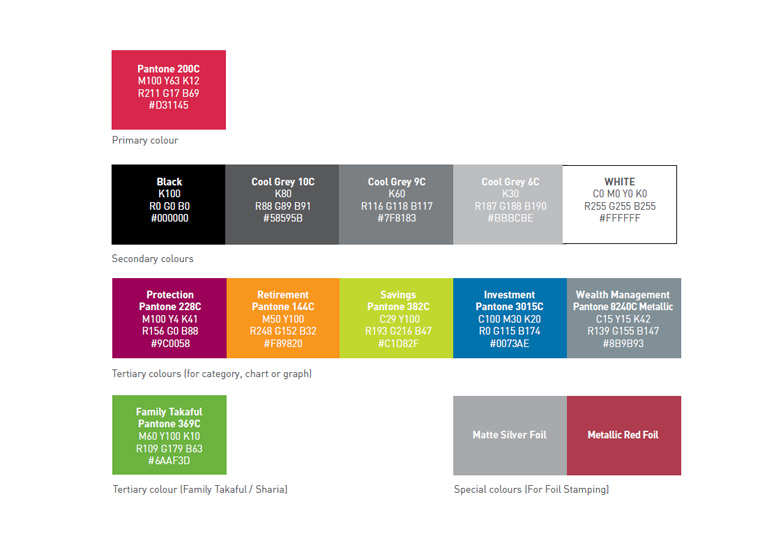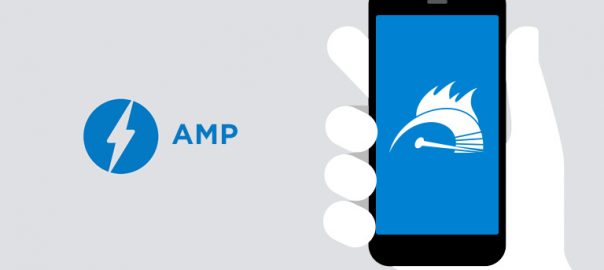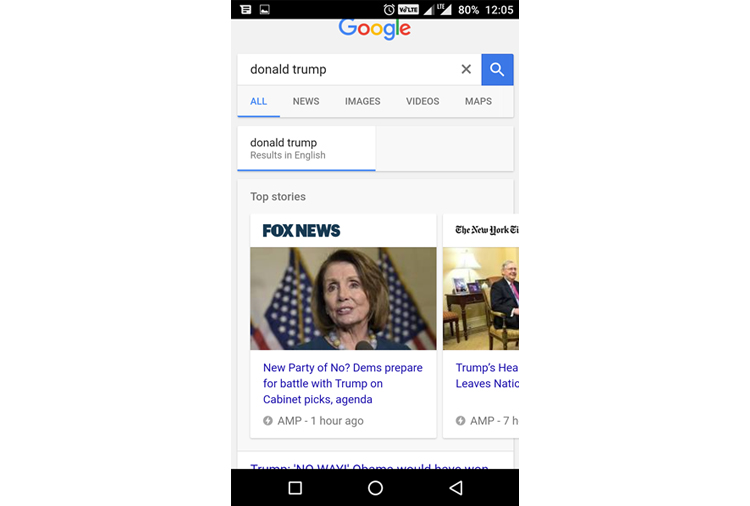A great website is a mix of many things. You need to have a good design, awesome content and not to forget, a bit of luck too. While it all sounds pretty straightforward and obvious, a project can easily turn into something unexpected if not shabby. Here are 5 very common UX mistakes which can easily sidetrack a customer’s interest and ruin the intended actions of the interface:
Inconsistent alignment
A lot of people argue about which type of alignment is best from a design perspective. To be honest they have their own merits. The key is not the type of alignment, but the consistency in alignment. All the elements and types must fit properly within the grid. Also, there shouldn’t be any broken corners.
A poor alignment kills the visual flow and customer can’t easily move from one element to another of the design. An inconsistent alignment may easily push customers to miss out on the most important content.
Incomprehensible Typography
It’s a common practice these days to play around with fonts. A lot of bold typefaces are used these days. There isn’t anything wrong in that, but sometimes while going down this path people end up with unreadable content. I mean what’s the point if people can’t even read it.
There is a great possibility that a few characters and words might look good in a particular typeface while others may look really weird. Understand the content and see if the content has those kinds of characters. Another important thing to remember is that a fancy typography best works with lesser content. It’s better to stick with the most commonly used typography.
Poor Imagery
Imagery plays a very important role in terms of user experience. The images must always compliment your content. Poor or unrelated images will leave your customers confused and disinterested. Uninteresting images will overshadow the core content. Don’t use silly/unrealistic stock images, poor quality images, low resolution, and out of focus images. Audit your website and identify images that fall under any aforementioned NO NOs. You can simply remove these images without replacements unless you have a related one.
Crazy Colors
In an urge to create something unique and enticing, a lot of designers throw almost all the available colors in the palette. You might find some successful multicolored designs, but for every one such design there would be 100 failed designs. Too many colors hide the content and distract customers.
Select a very strong color palette. Start with a couple of dominant colors followed by secondary colors. If you wish to play around a bit, use shades and tints of same color.
Creating A Dead End
Even if you may have come up with the greatest of the designs for your landing page, it all goes in vain if the user finds himself asking himself what to do next?
The intention is to make the customer touch base with maximum amount of content.
Every page of the design must include the call to action option. Users should be able to easily interpret the objective of every page. Attractive icons/tabs should be used to entice customers into clicking on them. Crisp user instructions can also come in handy.
Sometimes smallest of the mistakes can be deal breakers. There are a plenty of other UX mistakes which prove fatal for the content. Talk to our design experts who understand the importance of minute UX design details and get a perfect web design.





